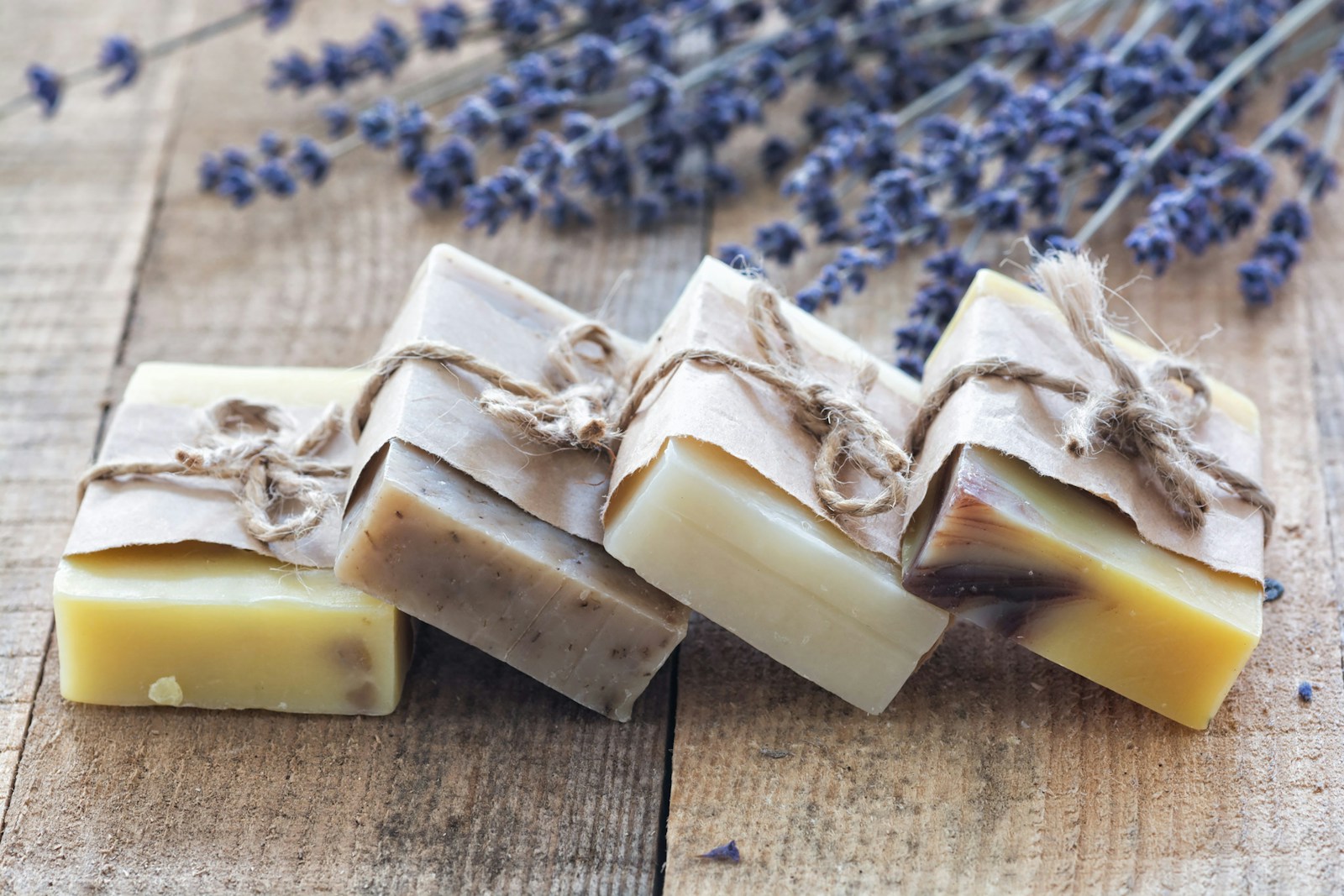In our fast-paced world of convenience products, traditional bar soap has taken a backseat to liquid body washes and shower gels. Many of us have abandoned the humble bar soap in favor of these seemingly more modern alternatives, often without considering what we might be losing in the process. Bar soap, with its rich history dating back thousands of years, offers numerous benefits that many contemporary consumers have forgotten or never experienced.
From environmental advantages to cost savings and skin benefits, there are compelling reasons to reconsider this classic cleansing method. This article explores why making the switch back to bar soap might be one of the smartest personal care decisions you could make.
Environmental Impact Bar Soap’s Eco-Friendly Advantage
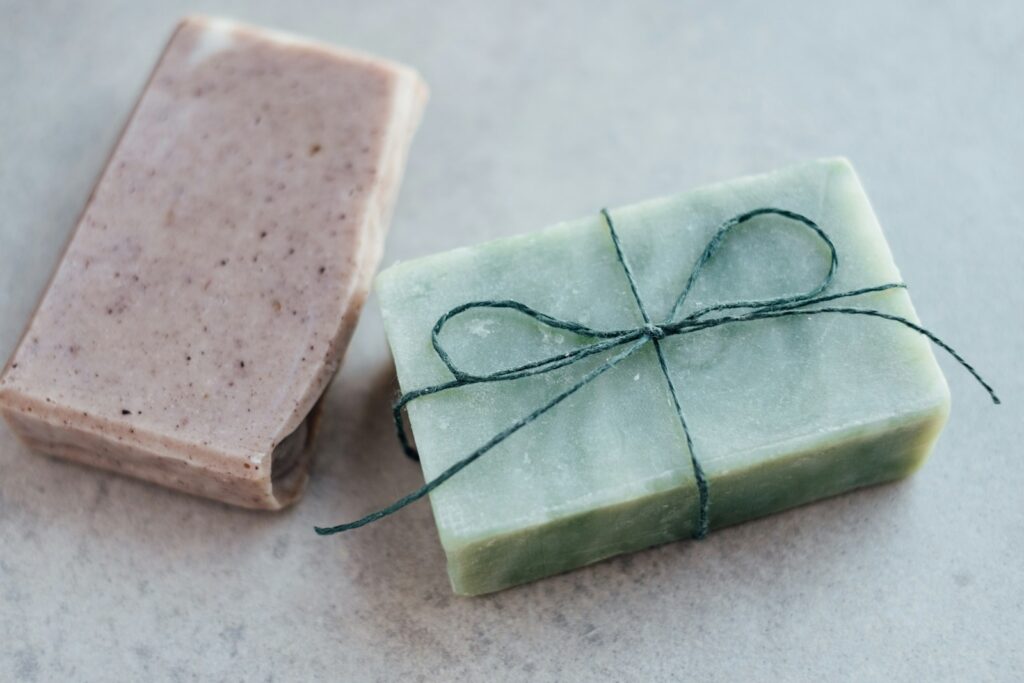
When it comes to environmental footprint, bar soap significantly outperforms liquid alternatives. The production of bar soap requires less energy and water than liquid soap manufacturing processes. Additionally, bar soaps typically come in minimal packaging—often just a small paper box or wrapper—compared to the plastic bottles necessary for liquid products. These plastic containers contribute substantially to our global waste crisis, with millions of soap bottles ending up in landfills and oceans annually.
Research indicates that the carbon footprint of liquid soap is about 25% higher than that of bar soap when comparing equivalent amounts of product. Making the switch to bar soap is a simple yet effective step toward reducing your personal environmental impact without sacrificing cleanliness.
Economic Benefits Save Money With Each Wash
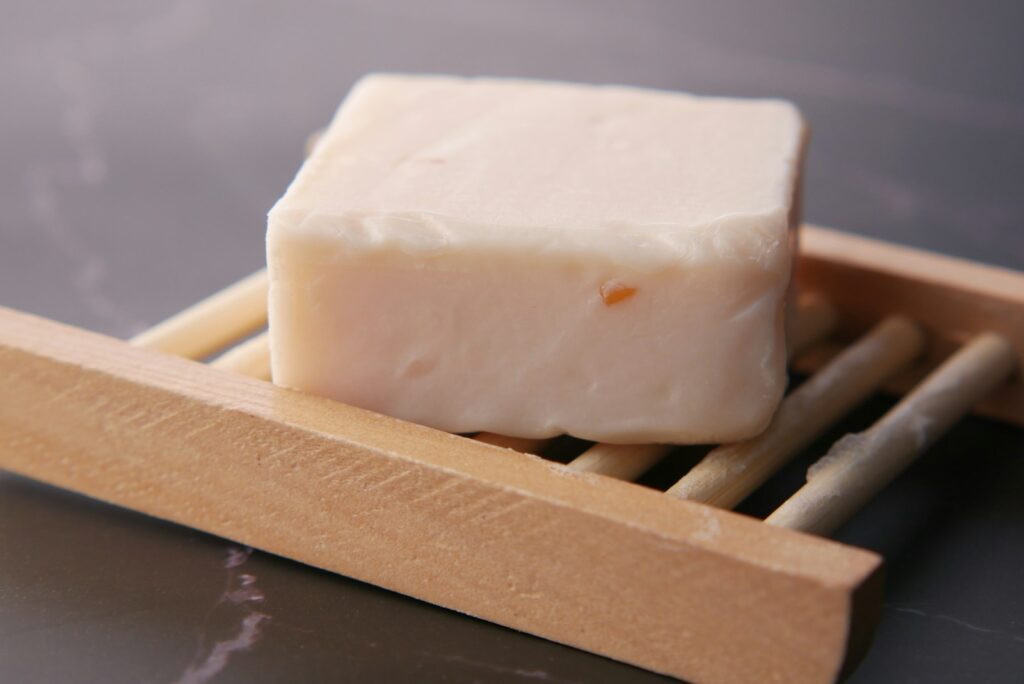
Bar soap offers remarkable economic advantages over liquid alternatives that can significantly impact your annual household budget. A single bar of soap typically lasts much longer than an equivalent volume of liquid soap, partly because people tend to use more liquid product per wash than necessary. Consumer studies have shown that the average person uses nearly seven times more liquid soap per washing session than needed for effective cleansing.
The price per wash calculation clearly favors bar soap, with many users reporting that a quality bar lasts them one to two months with daily use. When tracked over a year, a family of four could save anywhere from $30 to $100 annually by switching to bar soap—money that could be better spent elsewhere or invested in higher-quality soap options if desired.
The Minimalist Appeal Decluttering Your Shower Space
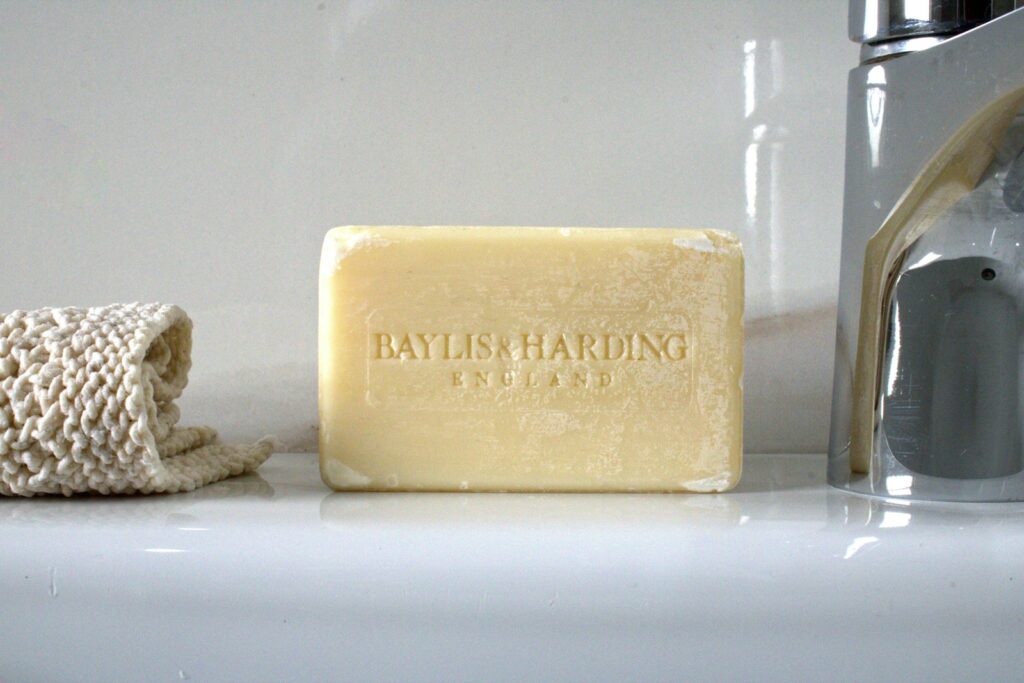
The modern bathroom often resembles a small personal care product store, with multiple bottles crowding shower spaces and countertops. Bar soap offers a refreshing antidote to this bathroom clutter with its compact, minimalist form. A single well-designed soap dish can replace several plastic bottles, creating a more aesthetically pleasing and spacious bathroom environment. This minimalist approach extends beyond mere appearances, as it simplifies your routine and reduces decision fatigue associated with choosing between multiple products.
Many bar soap users report feeling a sense of calm from the simplified space and appreciate how much easier it makes cleaning bathroom surfaces. The visual appeal of artisanal bar soaps can even serve as a subtle design element, adding a touch of intentional decoration to your personal space.
Natural Ingredients Whats Really In Your Soap
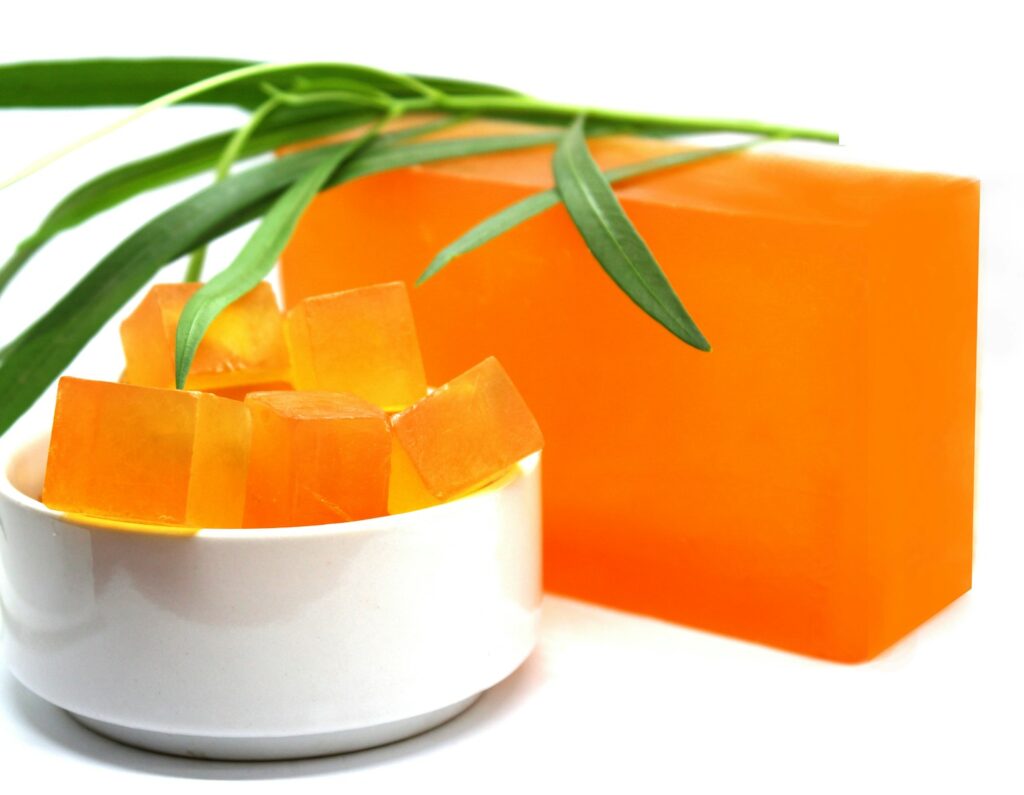
Traditional bar soaps, especially those made by artisanal producers and smaller companies, often contain fewer synthetic ingredients and preservatives than their liquid counterparts. Liquid body washes require stabilizers, thickeners, and more preservatives to maintain their consistency and prevent bacterial growth in their water-heavy formulations. By contrast, many bar soaps rely on time-tested, simple ingredients like plant oils, butters, essential oils, and natural colorants.
Reading the ingredient list on quality bar soaps reveals recognizable components rather than a chemistry textbook of compounds. This simplicity makes it easier for consumers to avoid potentially problematic ingredients and choose products aligned with their values, whether that means vegan, palm-oil free, or locally sourced options.
Skin Health Debunking The Drying Myth
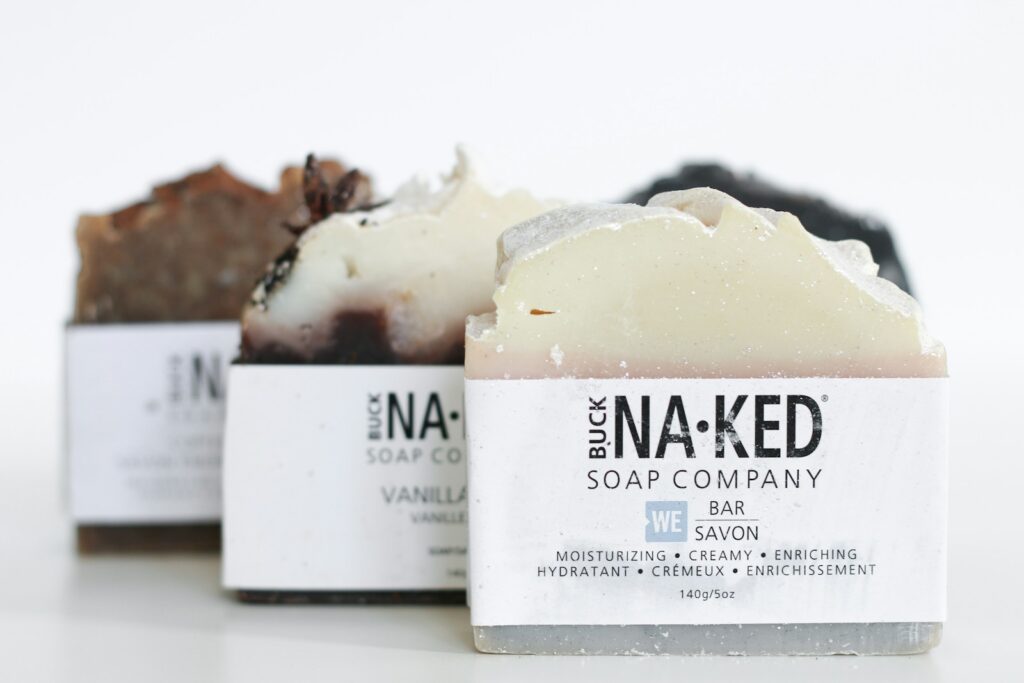
One persistent misconception about bar soap is that it’s inherently drying to the skin—a myth that deserves to be corrected. While some traditional bar soaps of the past earned this reputation through harsh formulations, today’s bar soaps have evolved considerably. Modern artisanal and even commercial bar soaps often incorporate moisturizing ingredients like shea butter, cocoa butter, and glycerin that help maintain skin’s natural moisture barrier.
Many dermatologists note that the squeaky-clean feeling some associate with dryness is actually just the absence of the residue that liquid soaps leave behind. For those with specific skin concerns, specialty bar soaps are available with formulations targeting everything from eczema to acne, often with fewer potential irritants than their liquid alternatives.
Travel Convenience The Perfect Companion For Journeys
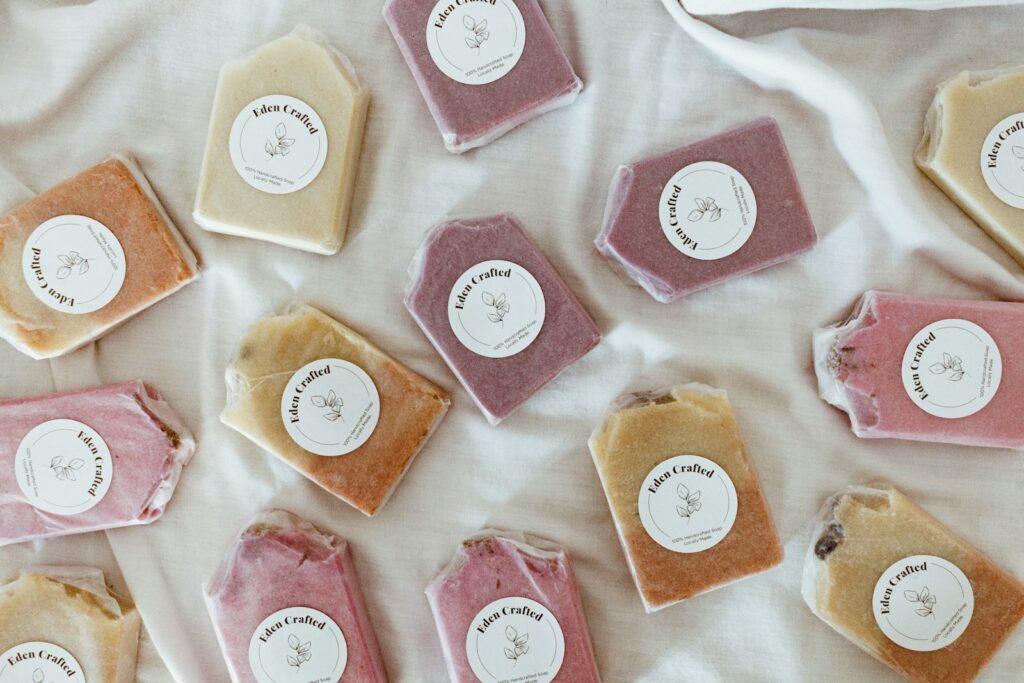
Bar soap offers unparalleled advantages for travelers that extend beyond just saving space in luggage. Unlike liquid products that are subject to TSA restrictions and prone to leaking disasters inside suitcases, bar soap travels without complications. A simple soap travel case provides protection while allowing the soap to dry between uses, preventing the mushiness that can occur with improper storage. Many experienced travelers have switched to bar soap, shampoo bars, and solid conditioners to eliminate the need for liquids entirely when flying.
Beyond the practical benefits, bringing your own soap ensures you’re not dependent on hotel offerings that might contain fragrances or ingredients you prefer to avoid. The weight savings can be significant for backpackers and long-term travelers, with a bar soap lasting for weeks while weighing just a fraction of an equivalent amount of liquid soap.
Longevity Secrets Making Your Bar Soap Last
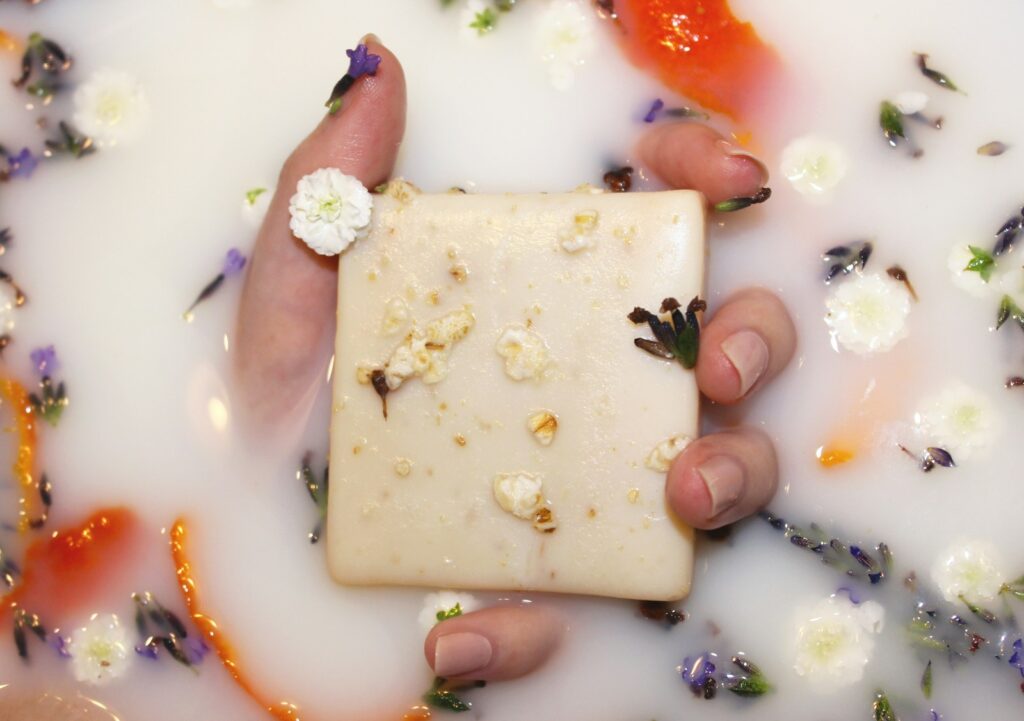
Maximizing the lifespan of your bar soap comes down to proper storage and handling techniques that many have forgotten in the age of liquid products. The key principle is keeping your soap dry between uses by using a well-draining soap dish that allows air circulation. Wooden soap dishes with slats, soap savers with ridges, or magnetic soap holders that attach to shower walls are all excellent options that prevent the soap from sitting in water.
Allowing your soap to fully dry extends its life significantly—some users report tripling a bar’s longevity by implementing proper drying practices. Additionally, using a washcloth or loofah rather than applying the bar directly to your body reduces the amount of soap used per wash while creating a richer lather. With these simple practices, a quality bar soap becomes an even more economical choice.
Artisanal Options Supporting Small Businesses
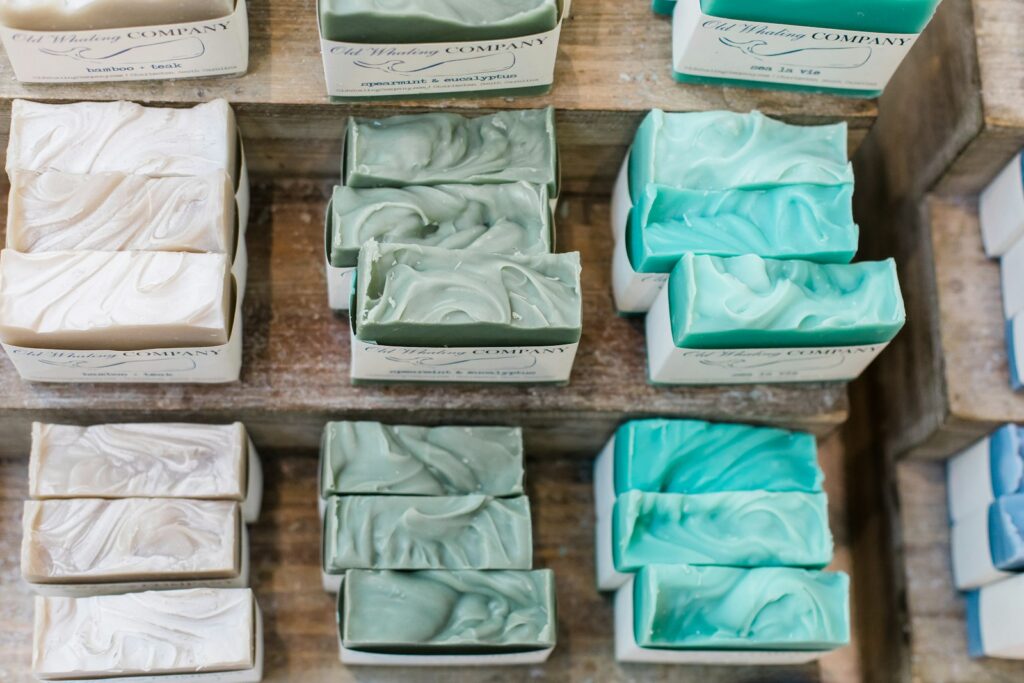
The renaissance of bar soap has created a thriving ecosystem of small-batch soapmakers offering products that go far beyond the commercial options of previous generations. These artisanal producers often prioritize sustainable practices, ethically sourced ingredients, and creative formulations that transform the humble bar soap into something special. By purchasing from these small businesses, consumers support local economies and artisan traditions while gaining access to unique products that can’t be found on typical store shelves.
Many soapmakers develop close relationships with their customers, creating custom formulations for specific skin needs or preferences. The artistry involved in handcrafted soaps—with their beautiful colors, patterns, and scents—elevates the daily shower from a mundane routine to a small sensory pleasure, adding a touch of luxury to everyday life.
Hygienic Considerations Are Bar Soaps Sanitary
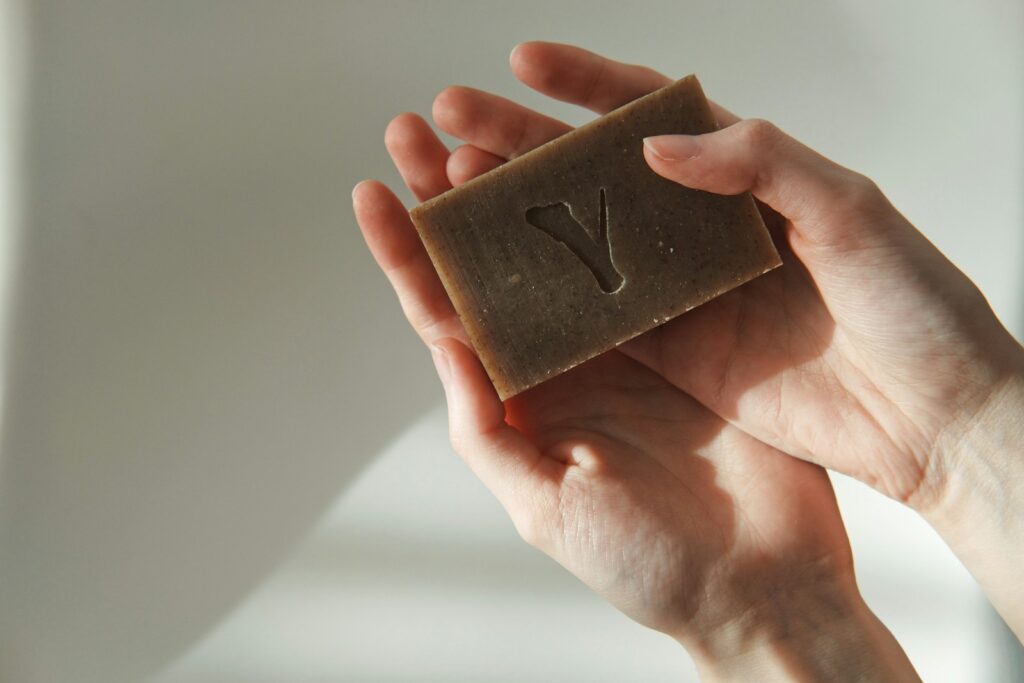
A common concern about bar soap involves its hygiene—specifically, whether germs can live on its surface and transfer between users. Scientific research has repeatedly shown this worry to be largely unfounded. Studies published in reputable journals have demonstrated that while bacteria may be present on used soap, they don’t transfer in significant numbers during handwashing or bathing. The inherent properties of soap create an environment inhospitable to most bacteria, with the washing process itself removing microbes effectively.
For households concerned about sharing, the simple solution is to assign each family member their own bar of soap or separate soap dishes. For guest bathrooms, small single-use soap portions or a pump dispenser might be preferable for psychological comfort, though the hygiene risk remains minimal even with shared bars.
Customization Possibilities Tailoring To Your Needs
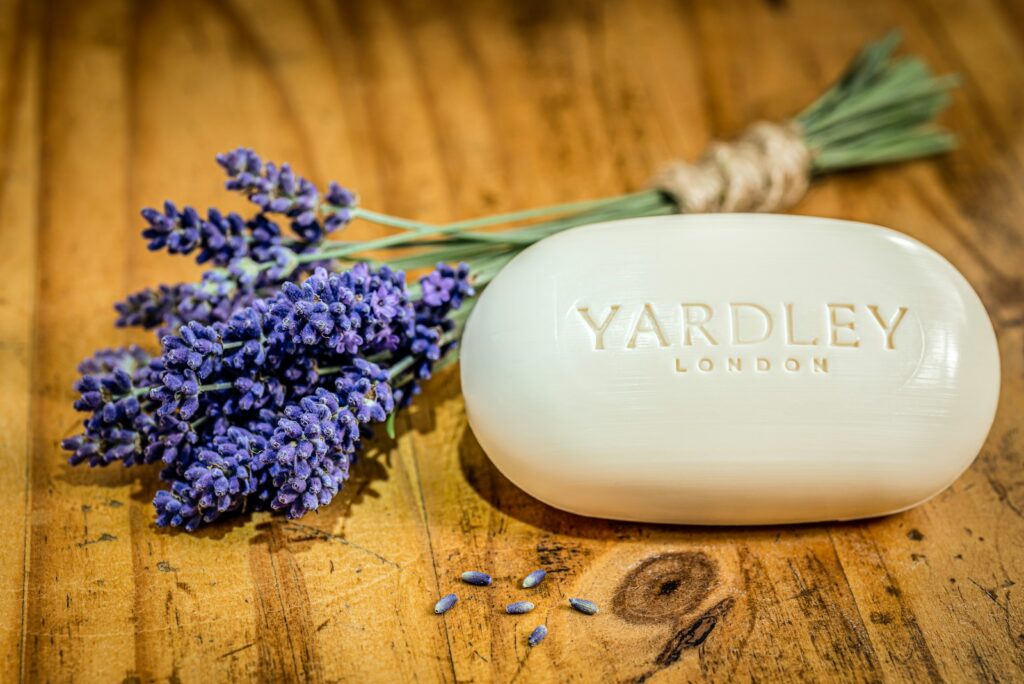
The world of bar soap offers remarkable versatility for those with specific skin needs or preferences, with options extending far beyond the limited varieties found in typical supermarket aisles. For sensitive skin, fragrance-free options with minimal ingredients provide gentle cleansing without potential irritants. Those with dry skin can choose bars enriched with shea butter, olive oil, or cocoa butter for extra moisture. Exfoliating bars containing oatmeal, coffee grounds, or clay help remove dead skin cells while cleansing.
Specialty formulations address specific skin conditions like psoriasis, eczema, or acne with targeted ingredients such as tea tree oil, calendula, or activated charcoal. The range of natural scents available—from lavender and eucalyptus to citrus and woodsy blends—allows for a personalized sensory experience that can energize your morning or calm your evening routine.
Historical Perspective Reconnecting With Tradition

Bar soap represents one of humanity’s oldest cleansing technologies, with evidence of soap-making dating back to ancient Babylon around 2800 BCE. Throughout history, soap making evolved from a simple mixture of animal fats and wood ash to the refined products we know today, becoming an important craft in many cultures. Traditional soap making was often a community activity, with recipes passed down through generations and adapted to use locally available ingredients.
By choosing bar soap, modern consumers connect with this rich heritage and the wisdom of traditional practices that have stood the test of time. Many contemporary artisanal soapmakers draw inspiration from historical techniques while incorporating current scientific understanding of skin health. This blend of tradition and innovation creates products that honor soap’s long history while meeting today’s standards for performance and skin compatibility.
Making The Transition Tips For Switching Back

Transitioning back to bar soap after years of liquid soap use can require some adjustment, but a few simple strategies can make the process seamless. Start by selecting a high-quality bar soap formulated for your skin type—moisture-rich varieties for dry skin or clarifying options for oily skin provide the best first experience. Invest in a proper soap dish that allows drainage to extend the life of your soap and prevent the mushy deterioration that turns many people away from bar soaps.
Consider beginning with a familiar scent profile to ease the transition psychologically, as our brains strongly associate cleanliness with certain fragrances. For those concerned about potential dryness, implementing a good moisturizing routine after bathing helps maintain skin hydration regardless of the cleanser used. Within a few weeks of consistent use, most converts report adjusting completely to the bar soap experience and rarely feel tempted to return to liquid alternatives.
Conclusion A Simple Change With Significant Impact
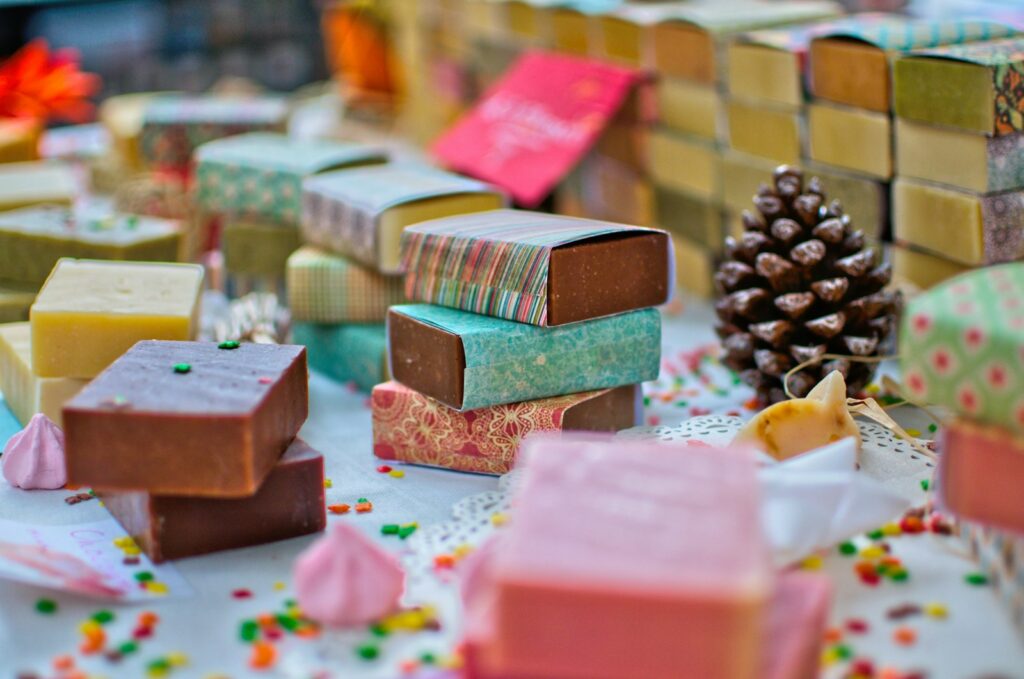
Returning to bar soap represents more than just a nostalgic throwback—it’s a mindful choice with tangible benefits for your wallet, the environment, and potentially your skin. This simple swap reduces plastic waste, decreases your carbon footprint, and often saves money while eliminating unnecessary chemical additives from your daily routine. The renaissance of artisanal soap making has created a world of options far beyond the limited varieties many remember from childhood, with formulations to address virtually any skin concern or preference.
As we collectively reconsider the impact of our daily choices, bar soap stands out as an easy change that aligns with values of sustainability, simplicity, and intentional consumption. Perhaps it’s time to give this traditional product another chance and rediscover the satisfaction of a simple bar of soap—your skin, your wallet, and the planet might thank you.

